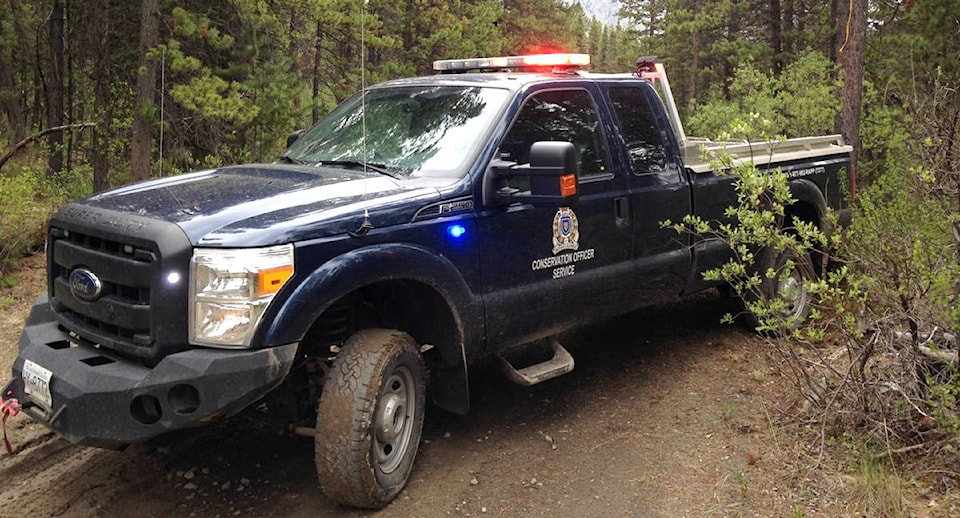The Conservation Office would like to remind the public to be aware of traplines on Crown Land.
“There may be some active areas with traps set and they [the public] just need to be very careful when they’re out, especially with pets that may be attracted to areas with scents or lures,” said Joel Kline, field conservation officer.
Some registered trapline areas became active on Oct. 15 and Nov. 1 and will mostly run until Feb. 15 or March 31 depending on the species of animal.
Kline said pet owners and people out on Crown Land for recreation should be aware of where they are, as trappers are not legally obligated to put up signage for their traps.
“Some trappers may have signs up saying active trapping in the area from a certain date to another certain date. Other areas may see some flagging in trees to indicate where a trap may be,” said Kline. “Most times they’re set off roadways, trails, paths or other ways wildlife would potentially use as a mode of transportation.”
Depending on what species are being trapped, traps can look like wooden boxes with the traps set in them or some bait piles including carcasses or bones.
If a person or their pet gets stuck in a trap, they should contact the Conservation Office after they remove the trap.
“We can try to find the trapline owner and make suggestions to either move things away from where the public are recreating and put up some signs to educate the public to stay away from those areas,” said Kline. “If it is on Crown Land and they are within their trapline they are legally allowed to trap where they deem necessary.”
Most active traplines will cease on Feb. 15, which include mink, marten, and lynx. Fox and coyote trapping do not end until March. 31.
